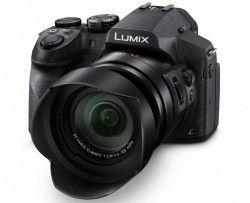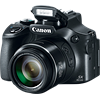Main
Model
Price
Advantages
launch
Announced
Body type
Camera subcategory
Sensor
Effective pixels
Max resolution
Sensor size
Sensor type
Processor
Image ratio w:h
Other resolutions
Sensor photo detectors
Image
ISO
White balance presets
Custom white balance
Image stabilization
Image stabilization notes
Uncompressed format
JPEG quality levels
Photography features
Minimum shutter speed
Maximum shutter speed
Aperture priority
Shutter priority
Manual exposure mode
Subject / scene modes
Built-in flash
Flash range
External flash
Flash modes
Continuous drive
Self-timer
Metering modes
Exposure compensation
AE Bracketing
WB Bracketing
Screen / viewfinder
Articulated LCD
Screen size
Screen dots
Touch screen
Screen type
Live view
Viewfinder type
Viewfinder coverage
Viewfinder magnification
Viewfinder resolution
Videography features
Resolutions
File Format
Microphone
Speaker
Videography notes
Optics & Focus
Focal length (equiv.)
Optical zoom
Maximum aperture
Autofocus
Digital zoom
Manual focus
Normal focus range
Macro focus range
Number of focus points
Physical
Weight (inc. batteries)
Dimensions
Environmentally sealed
Battery
Battery details
Battery Life (CIPA)
Storage
Storage types
Connectivity
USB
HDMI
Microphone port
Headphone port
Wireless
Wireless notes
Remote control
Other features
Orientation sensor
Timelapse recording
GPS
Samples
Videos
Summary
The PowerShot SX60 HS highest resolution of 4608 x 3072 pixels (16 megapixels) is better than the Lumix DMC-FZ300 maximum resolution of 4000 x 3000 pixels (12 megapixels). The PowerShot SX60 HS has more number of white balance presets - 7. This specification gives the camera owner more control over colour. The Canon PowerShot SX60 HS offers more powerful 65x optical zoom.
The Lumix DMC-FZ300 screen is better as it offers more number of screen dots 1,040,000 in compare to 922,000 dots of the PowerShot SX60 HS display. The higher dot count screen is better for reviewing images on your camera. The Panasonic Lumix DMC-FZ300 has a touch screen. The Lumix DMC-FZ300 provides better minimum (60 seconds) and highest (1/16000 second) shutter speeds.
The Lumix DMC-FZ300 is environmentally sealed which means that the camera will be safe even uncovered if the photographer is out shooting in the rain and snow. The Lumix DMC-FZ300 battery life is better than the PowerShot SX60 HS battery life. In accordance with CIPA standards you will be able to make 380 shots with the Lumix DMC-FZ300 and only 340 with the PowerShot SX60 HS. The Canon PowerShot SX60 HS weighs 650g that is 41g less than the weight of the Panasonic Lumix DMC-FZ300.
The Lumix DMC-FZ300 has 12 advantages and the PowerShot SX60 HS only 6 so the Lumix DMC-FZ300 becomes the best choice. Check the list of the best offers on Amazon.


